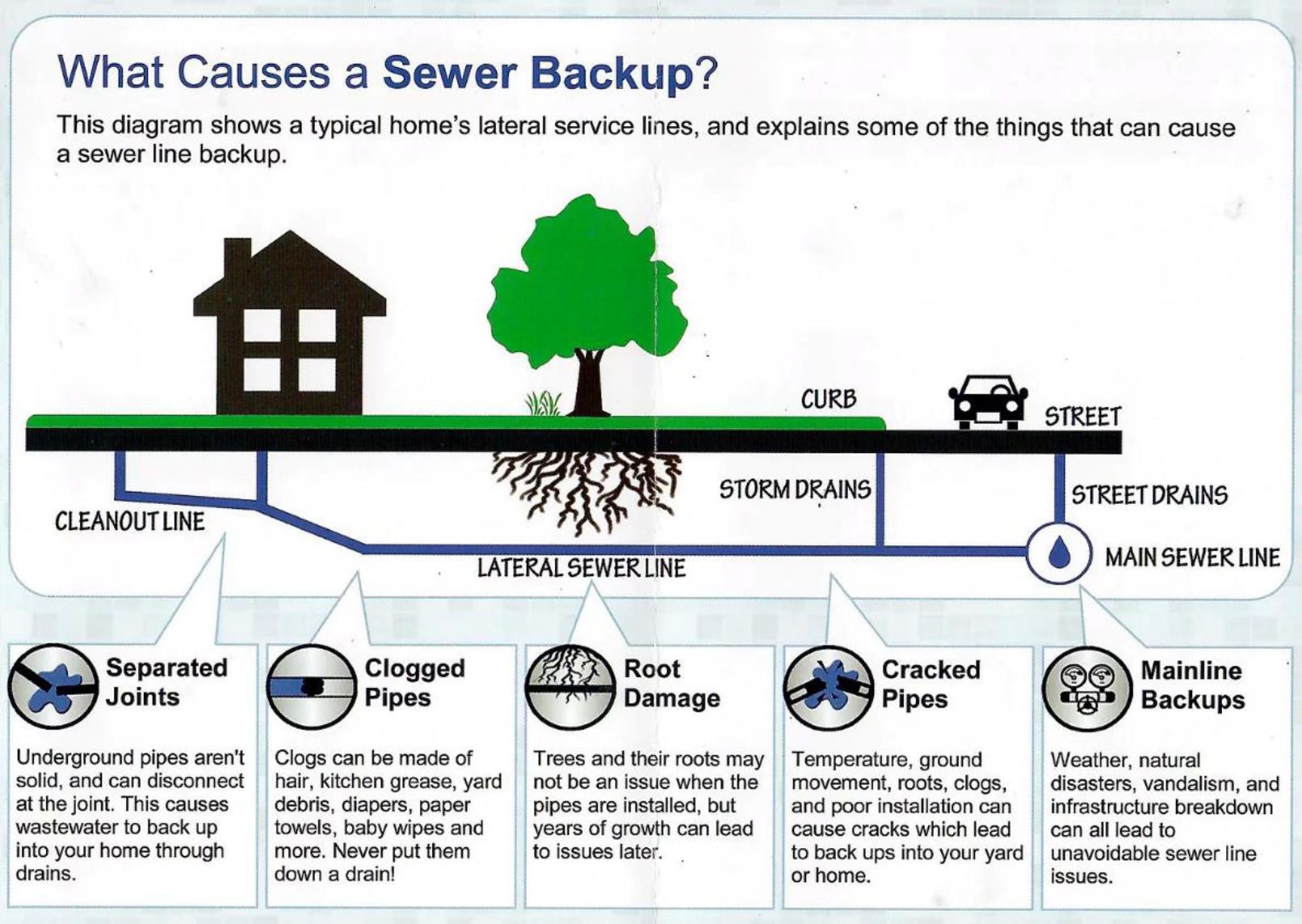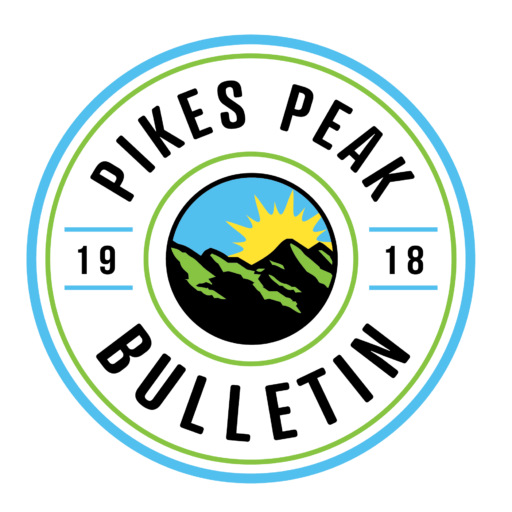MANITOU SPRINGS, Colo. — Sewer lines are a critical, yet often overlooked, part of a home’s infrastructure. These lines transport wastewater from sinks, toilets, showers, and disposals away from the home, ensuring proper function of household systems. Despite their importance, many homeowners are unaware of the potential issues that can arise, such as high repair costs, limitations of standard homeowners insurance, common causes of blockages, and how to spot problems before they escalate into major repairs.
Understanding Sewer Line Protection
Sewer line protection is a program designed to shield homeowners from the financial burden of unexpected repairs. Without protection, the cost of fixing sewer line issues can quickly amount to thousands of dollars. These programs act as a financial safety net, covering repair expenses that might otherwise catch homeowners by surprise.
Does Homeowners Insurance Cover Sewer Line Repairs?
In most cases, standard homeowners insurance does not cover sewer line repairs unless the policy specifically includes it as a rider. While most policies cover structural damage caused by certain events, sewer line repairs are typically excluded. The City of Manitou Springs encourages residents to contact their insurance providers to review their policies and consider adding a sewer line protection plan, given the high cost of repairs.
Common Causes of Sewer Line Problems
Sewer lines, though durable, are susceptible to a variety of problems. Tree root intrusion is one of the most common issues, as roots seek out water sources and can penetrate sewer lines, causing blockages or even breaks. Everyday household waste can also accumulate. Items such as food scraps, grease, soap scum, and other materials can build up inside pipes, leading to clogs and backups. Whether caused by tree roots or waste buildup, these issues can result in significant damage if left unaddressed.
How to Identify Sewer Line Problems
Since sewer lines are underground, detecting issues before they become serious can be challenging. Homeowners should watch for signs, such as recurring clogged toilets, slow-draining sinks, and frequent backups in showers or tubs. These warning signs may indicate larger blockages or pipe damage. Addressing these issues early can prevent them from escalating into costly emergency repairs.
Protecting Your Home and Finances
Sewer line protection is an essential consideration for homeowners who want to safeguard their homes from unexpected and expensive repairs. Tree root intrusion, waste buildup, and other causes of sewer line issues can lead to severe damage if not managed. By recognizing early warning signs and investing in sewer line protection, homeowners can avoid high repair costs. Taking proactive steps can save both time and money.
What to Do if You Have a Sewer Backup
- Close as many drains as possible.
- Avoid using water or other products in the drains or toilets until the issue is resolved.
- Check with neighbors to determine if they are experiencing similar problems, which could indicate a main line issue.
- Call a plumber for assistance.
- Contact the City of Manitou Springs at 719-685-2562 to report non-urgent problems. They can recommend action and check the main sewer line for issues.
- In case of a sewer backup emergency, call 719-492-1970.
- Notify your homeowners insurance company to review your available coverage.
For more information, visit the City of Manitou Springs website: https://www.manitouspringsco.gov/192/Water-Division


